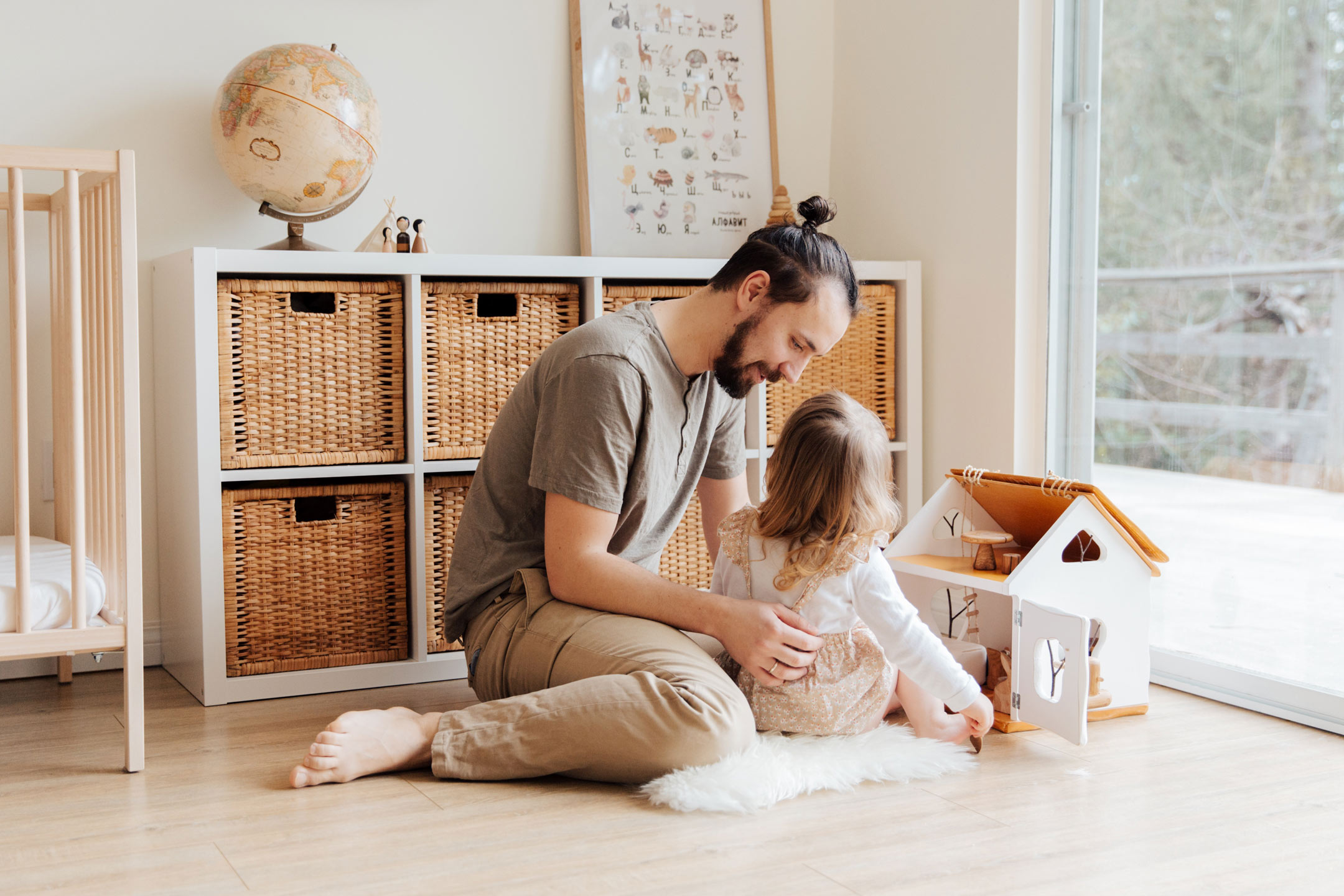
07 Oct Be careful with the general language you use around children!
The minute we start talking we reveal a lot about ourselves, writes Gail Smith. The intonation of our speech and the expressions we use are learned habits and, no surprises, become learned habits for your children.
We can use language to build relationships with our children, ward off problems and act proactively when communicating around and with our children.
As a principle, modelling effective language was an important statement to a child. Being consistent and authentic in how and what I said was critical to maintaining a successful relationship with all members of the school community.
Firstly, it’s helpful to recognise that our moods and general health will affect how we communicate. The best advice I can give is to always do less, talk less and slow down, using less communication if you’re feeling vulnerable in discussing matters. This is acting proactively and reducing dialogue that can be damaging.
The following are suggestions to assist in providing effective language when around children:
- Remember to use your child’s name when talking to them and avoid using ‘you’ and other nicknames that are not considered endearing.
- When talking, take care to slow down, especially when taking when talking about something important. Talking too fast sets up a feeling of anxiety and a need for an immediate response.
- Try to build in positive, reassuring language. For example:
I love that happy face when we clean your room.
Television is finished and it’s bedtime. Sleep is a great time to rest that body
- Use the same tones when talking. A child will pick up very quickly when the tone change. They will then try to interpret your attitude.
- Some families introduce new words once a week. They then practise using the word to include it in their speech.
- Another important behaviour is to carefully think through what you want to say, rather than correcting yourself. This helps children recognise the clarity in your conversation.
- When working with children, the rule is to always talk to them in your regular tone of voice when you’re well prepared with what you need to say. This ensures that they don’t get confused and you’re in a better situation to talk with clarity and control. There is nothing more frustrating than someone talking to you about an issue when they’re confused, unclear, repetitive or unsettled about what they want to say.
- Sometimes talking in simple sentences with a small breathing space in between statements is helpful to children, as they are learning to process information.
- Watch the dramatics when talking. They can also be confusing for a child by providing inaccurate messages.
- Choosing good language phrased as positively as possible has the best chance of being received well. Roadblocks to a child come from a language that is intimidating, loud and confusing.
- If you are inclined to talk calmly and in an even pace, this would apply to both child and adult. Remember that there is an emotional message in what you have to say. The child will always look for that hidden message.
- If a child responds to your conversation and their completely not on target with what you had to say, this is a red-flag signal that they haven’t actually heard you properly.
Our language is a powerful tool that can be used for good and bad. As a parent, we have such a rich opportunity in building strong, confident children, who use language as a force to get their message across in the most effective way possible. They learn this through how we distribute our messages.
 Gail Smith has almost 30 years experience as a school principal, teacher, qualified counsellor and mother. Whether your child is just starting out in school or already a few years in – this book is a must-read for all parents. Gail addresses key issues in every parent’s day to day life – such as how to talk to your child, the importance of routine and structure, being a role a model, and dealing with bad behaviour.
Gail Smith has almost 30 years experience as a school principal, teacher, qualified counsellor and mother. Whether your child is just starting out in school or already a few years in – this book is a must-read for all parents. Gail addresses key issues in every parent’s day to day life – such as how to talk to your child, the importance of routine and structure, being a role a model, and dealing with bad behaviour.
Her book is available for purchase via her website or Amazon, Booktopia.  More information about Gail and access to her useful parent education blogs can also be obtained via her website www.theprimaryyears.com
More information about Gail and access to her useful parent education blogs can also be obtained via her website www.theprimaryyears.com

